Embarking on a journey through icy terrains and steep slopes demands not just courage but the right equipment. Among the most critical gear for such adventures are crampons, designed to provide traction and safety. This article delves into the nuances of crampons, exploring their types, uses, maintenance, fitting, and the latest technological advancements. Whether you’re a seasoned mountaineer or a novice ice climber, understanding the ins and outs of crampons can significantly enhance your experience.
Table of Contents:
– Understanding crampons and their importance
– Types of crampons and their specific uses
– How to choose the right crampons
– Maintenance and care for longevity
– Latest technological advancements in crampons
Understanding crampons and their importance:
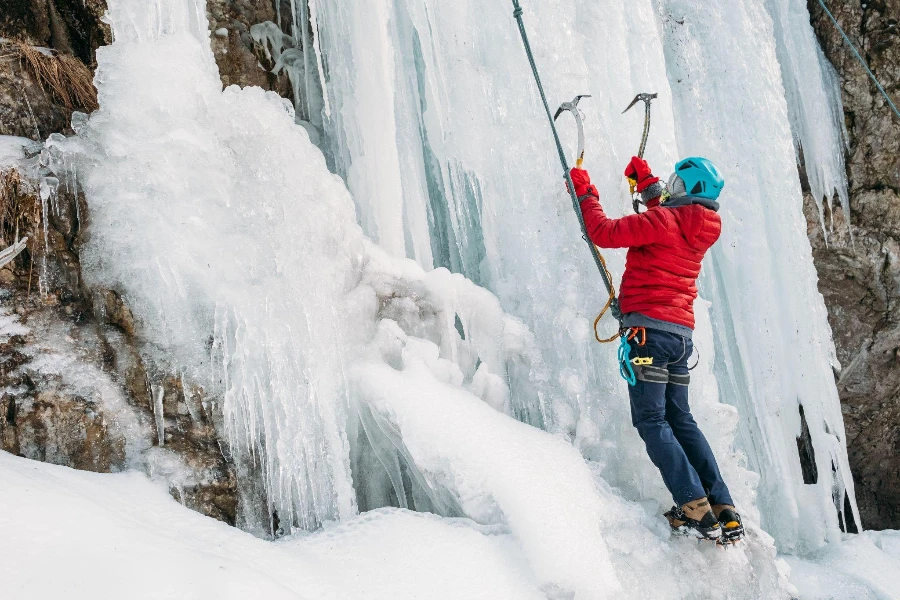
Crampons are metal frames with spikes that are attached to footwear to improve mobility on snow and ice. They are indispensable for ice climbing, mountaineering, and traversing glaciers. The primary function of crampons is to provide additional traction on icy surfaces, reducing the risk of slips and falls. They are designed to fit various types of footwear, from heavy mountaineering boots to lighter hiking shoes, making them versatile for different winter sports and activities.
Types of crampons and their specific uses:
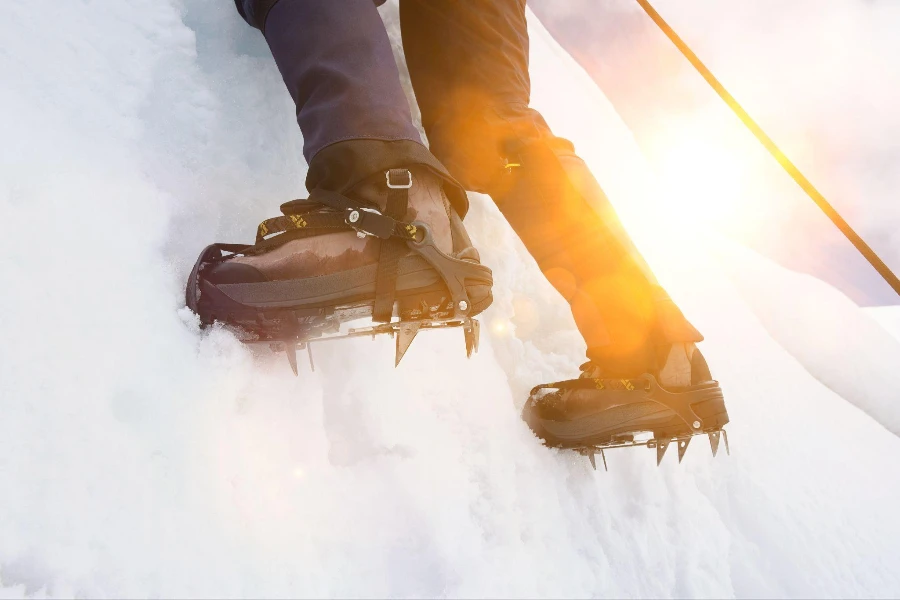
Crampons come in various designs, each tailored to specific activities. The most common types are strap-on, step-in, and hybrid crampons. Strap-on crampons are versatile and can be used with a wide range of boots, while step-in crampons offer a more secure fit for boots with compatible welts. Hybrid crampons combine features of both, providing flexibility and a secure fit. The choice of crampon type depends on the activity, from general mountaineering to technical ice climbing, highlighting the importance of understanding the nuances of each type.
How to choose the right crampons:
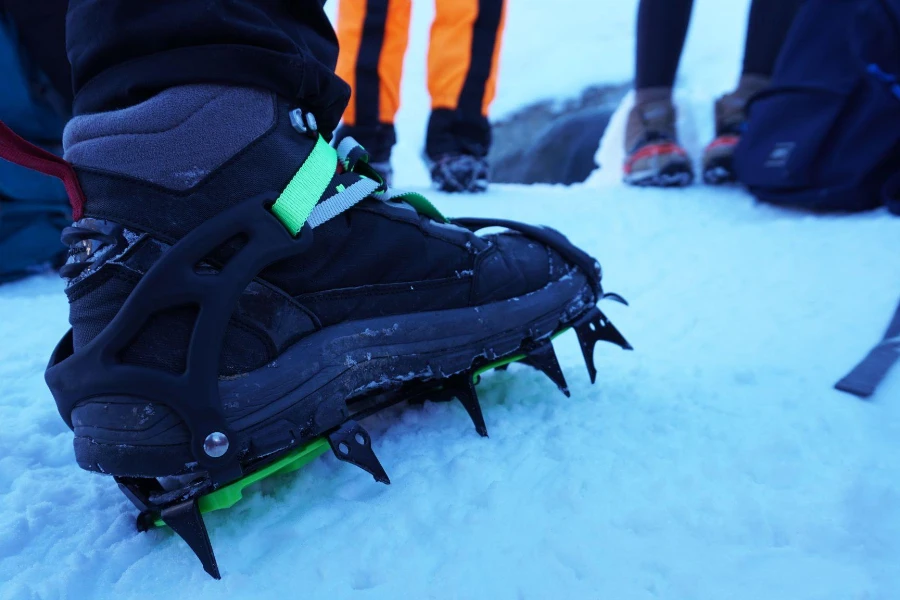
Selecting the right crampons involves considering several factors, including the type of activity, the compatibility with your footwear, and the conditions you’ll be facing. For general mountaineering, a 10-point crampon may suffice, while technical ice climbing might require a 12-point crampon for better traction. The material of the crampon, typically steel or aluminum, also plays a role in the decision-making process, with steel being more durable for icy conditions and aluminum being lighter for snow.
Maintenance and care for longevity:
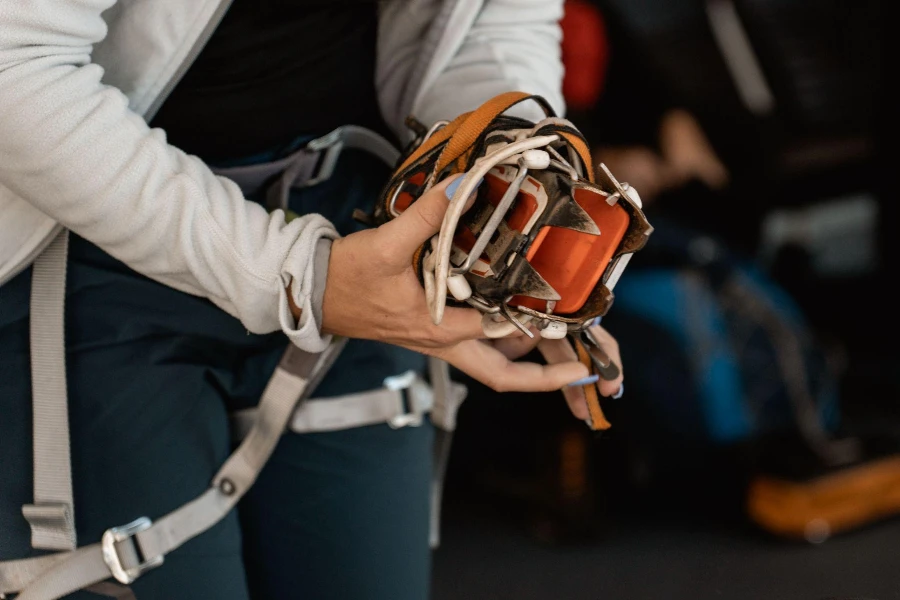
Proper maintenance and care are crucial for extending the life of your crampons. After each use, it’s important to clean them thoroughly to remove any dirt or ice. Drying them completely before storage prevents rust and corrosion. Regularly checking for wear and tear, especially on the points and attachment points, ensures safety during use. Sharpening the points can also improve performance and traction on ice.
Latest technological advancements in crampons:
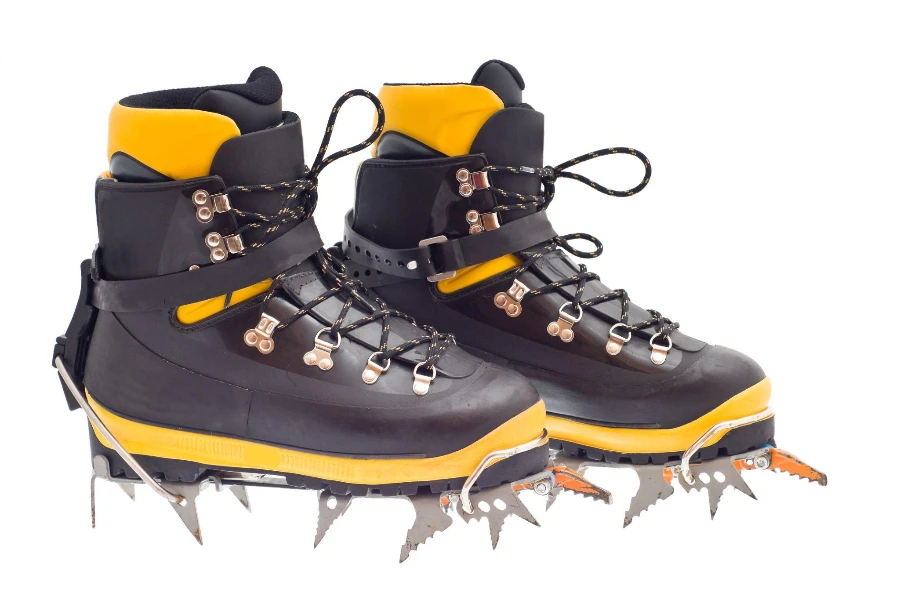
The evolution of crampons has seen significant technological advancements aimed at improving performance, safety, and comfort. Modern crampons feature lighter materials, such as high-grade aluminum and stainless steel, reducing the overall weight without compromising strength. Innovations in design, such as asymmetrical shapes and anti-balling plates, enhance grip and prevent snow build-up. Adjustable and modular designs allow for customization and adaptability to various activities and conditions.
Conclusion:
Crampons are a vital piece of equipment for anyone venturing into the world of ice and snow. Understanding the different types, how to select the right pair, and how to care for them can make a significant difference in your outdoor adventures. With the latest technological advancements, crampons have become more efficient, safer, and easier to use, enabling enthusiasts to explore the winter landscape with confidence. Whether you’re ascending a frozen waterfall or crossing a glacier, the right crampons are key to a successful and safe journey.



